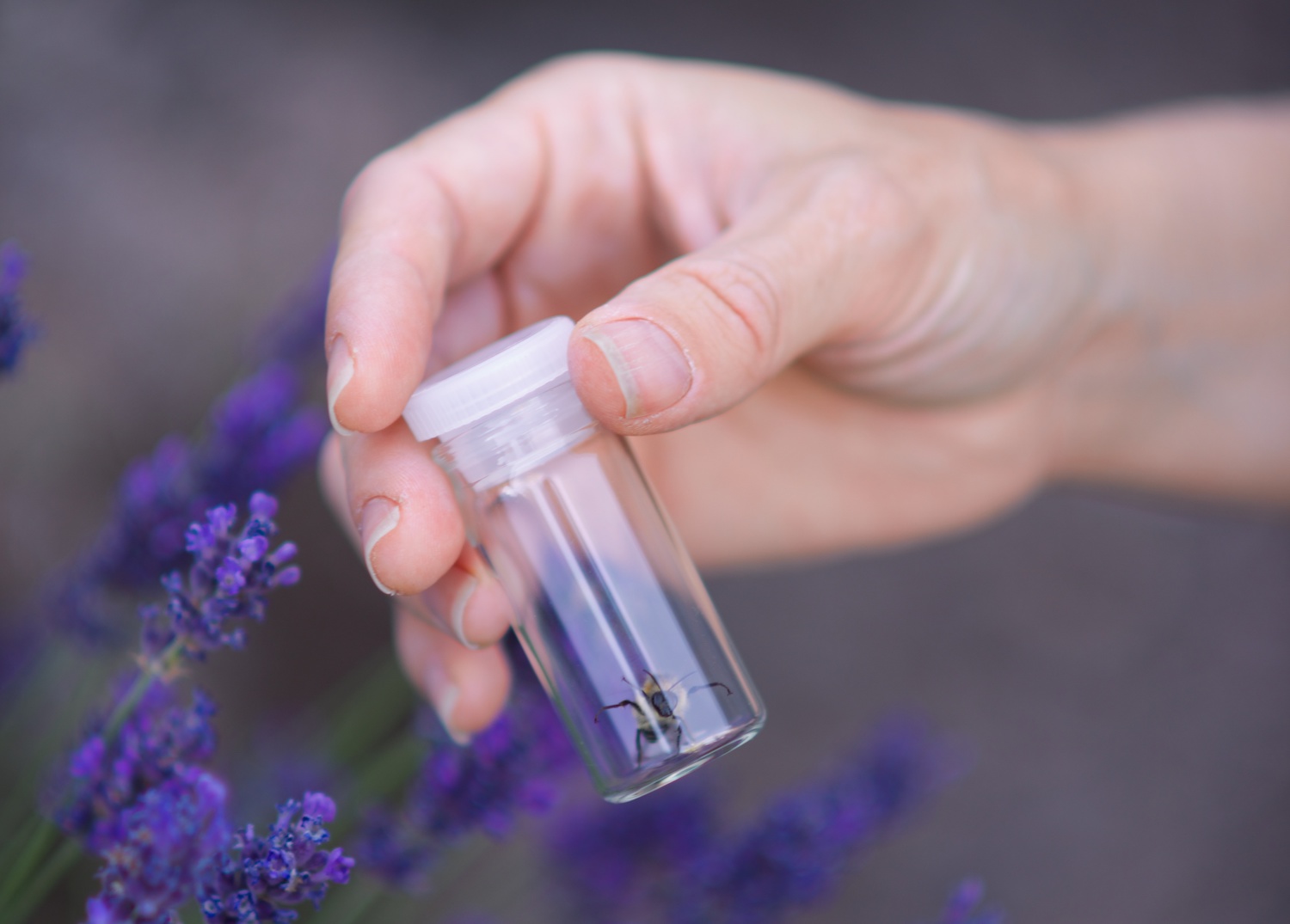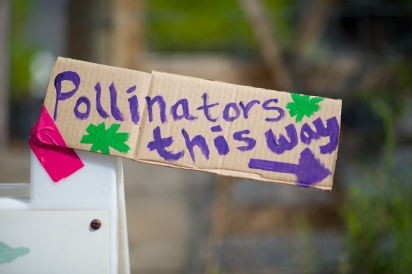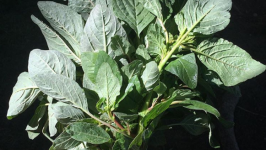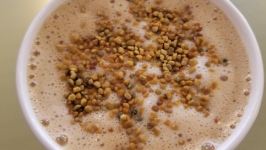Abuzz with Bees: How the Northwest Center for Alternatives to Pesticides Helps Create Healthier Habitats
More than five decades ago, Rachel Carson’s Silent Spring alerted Americans to the dangers and perils of the pesticide DDT. Her book, which took four years to write, became a call to action to ban the chemical pesticide that indiscriminately destroyed insects and birds. DDT is gone, and Carson remains a heroic figure to those who value the lives and work of beneficial insects. Sadly, problems still persist.
The plight of bees has captured worldwide attention. With estimated losses in the billions, honeybee populations continue to be under pressure. The 2013 massive die-off of more than 50,000 bumblebees and other pollinators in a Wilsonville, Ore. parking lot—due to a pesticide spraying of linden trees—has been called the largest bumblebee kill on record. The bumblebee event in Oregon demonstrates the real threat presented by Colony Collapse Disorder (CCD), which has primarily affected hives of honeybees and results from the use of “systematics,” or pesticides called neonicotinoids (commonly called neonics). Related to nicotine, neonics are generally not sprayed, but rather applied in pellets that are absorbed through the roots and become concentrated in the pollen and nectar that then attach to foraging bees. While CCD has a number of other variables—including parasitic mites, lack of food supply and a recent virus—neonics are implicated.
Locally, the Northwest Center for Alternatives to Pesticides (NCAP) is working to lessen the one-billion pounds of chemical pesticides the EPA estimates is used in this country. Jennifer Miller, a Sustainability Associate at NCAP, spearheads the organization’s efforts in Idaho. This past year NCAP collaborated with the Xerces Society, which was founded in 1971 to protect invertebrates and is at the forefront of the movement to save bees and improve habitat for pollinators. This spring Miller and Xerces Society Entomologist Jennifer Hopwood did habitat assessments of 11 farms in Southern Idaho. Miller’s goal is to help incorporate pollinator conservation into a whole farm plan, and to make recommendations for invigorating native vegetation and add flowering plants. Miller says “If you are going to build habitat you don’t want to attract [pollinators] in and then spray insecticides nearby… You have to think about what’s around you.” It’s not just what a farmer does on his or her own land, but what neighbors are doing. She adds that building habitat takes time and planning.
NCAP plans to focus on four farms where Miller wants “to establish habitat without using synthetic pesticides. That is the real challenge with organic farms.” Because even on organic farms some approved insecticides can be used. Miller’s aim “is to build up natural conservation biological control utilizing natural enemies that are out there to do the job instead of pesticides.” This is essential to NCAP’s mission to promote alternatives to pesticides and alleviate worries over the health concerns that may accompany insecticide use.
Miller truly practices what she preaches. Her front yard in east Boise buzzes with bumblebees and native pollinators; the insect song is palpable. Her penstemons, Walker’s Low catmint, salvia and globe mallow are magnets for bumblebees and tiny native pollinators—working insects in a sensuous pollen-packing dance. To attract pollinators, Miller cultivates flowering plants and shrubs that bloom at various heights in a continuum from early spring to fall. She suggests adding sunflowers for the fall and also mentions the benefit of bare ground, because many bee species are ground-nesters. Miller points out where pollinators can overwinter: bunchgrass works well. And most importantly one needs to recognize when flowering plants bloom. While bee numbers are declining, the methods that NCAP recommends work. Entomologist and grape grower Ron Bitner, one of the planet’s experts on leaf cutter bees, said in his blog that this year his pollen-producing flowering plants have attracted eight different bee species.
For Miller and NCAP, the hopes of their farm program are straightforward, “to develop tools to help farmers be able to install habitat without the use of synthetic herbicides, so they can act as demonstrations for other farmers to do these for themselves.” Federal dollars are available to do this through the Organic Initiative in the Farm Bill: In recent years less than half of the dollars available to Idaho were used. Miller adds, “I just hate to see the federal Farm Bill dollars for organic farms not being used.” And she concludes that building habitat for pollinators and beneficial insects is a win for everyone. “We are demonstrating the alternatives… [for] what we as a nation decide to invest in,” says Miller.
Ultimately, diminishing the use of insecticides defines NCAP. Restoring pollinator populations fits seamlessly into this mission and melds with Miller’s own passion for enhancing organic farming and creating a welcoming environment for pollinators.
The lasting legacy of Silent Spring—that human intervention can be harmful, if not lethal, to nature—informs the cause of preserving pollinators. Every shred of evidence on Colony Collapse Disorder may not be in. But the Xerces Society, NCAP, and a number of European nations that have outlawed their usage, agree that neonicotinoids are linked to bee die-offs—reason enough to pause and reconsider using these pesticides on farmland or in the garden.
Organic Initiative in the Farm Bill
Northwest Center for Alternatives to Pesticides
Xerces Society | @xercessociety











